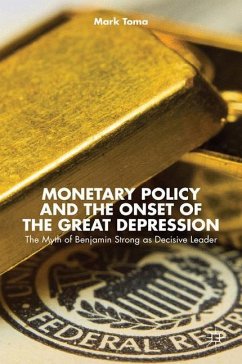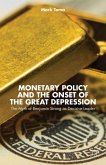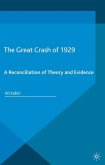Monetary Policy and the Onset of the Great Depression challenges Milton Friedman and Anna Schwartz's now consensus view that the high tide of the Federal Reserve System in the 1920s was due to the leadership skills of Benjamin Strong, head of the Federal Reserve Bank of New York.
"Toma's new book makes an important and original argument - that the decentralized early Federal Reserve System can be better understood as a quasi-competitive money-issuing system than as a unitary central bank - that forcefully challenges the received monetary history of the 1910s and 1920s. Readers who begin as sceptics, when they grapple with the details of the argument, will find themselves compelled to acknowledge the valuable insights and stubborn facts it brings to light." - Lawrence H. White, Professor of Economics, George Mason University, USA
"Toma defends a thesis that is bound to raise other monetary economists' hackles. . . . While many will find such claims hard to swallow, they will also profit, as I have, by pondering Toma's challenge to conventional wisdom." - George Selgin, Professor of Economics, The University of Georgia, USA
"Toma defends a thesis that is bound to raise other monetary economists' hackles. . . . While many will find such claims hard to swallow, they will also profit, as I have, by pondering Toma's challenge to conventional wisdom." - George Selgin, Professor of Economics, The University of Georgia, USA








